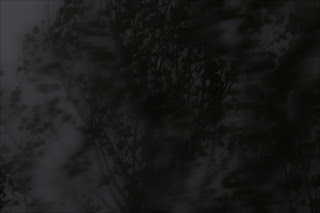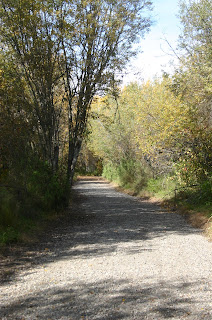Camera
Orientation
a) What does the term "The Rule of Thirds mean?
The basic principle
behind the rule of thirds is to imagine breaking an image down into thirds
(both horizontally and vertically) so that you have 9 parts equal parts.
b) What happens when you have a long shutter speed,
and what types of pictures would you use a long shutter speed for?
If you want to shoot crisp, clear photos, you'll
usually want to use the fastest shutter speed possible. The primary limitation
of shutter speed is available light so the faster shutter speed the less that’s
being taken in. Fast shutter speed is typically whatever it takes to freeze
action.
c) What's another name for aperture, and what does an
aperture control?
The opening
of the camera len’s diaphragm through which light passes through.
d) What aperture setting would I need to take a
portrait?
For shooting portraits, it is best to set a wide
aperture which would be around f/2.8-f/5.6. To capture a shallow depth of
field, so the background behind your subject is nicely blurred, making them
stand out better.
e) What is depth of field?
Depth of Field also known as the focus range, is the
distance between the farthest and nearest objects in a scene which appears
sharp in an image.
f) What does the term ISO refer to?
ISO (International Standards Organization) refers to
the sensitivity component in your camera which is called “image sensor”
g) What are the advantages of having your camera on
Manual Mode?
You can make an image look how you want it because you
have control over all the settings, no harsh flash and change in contrasting.
h) Give me three terms that relate to exposure.
Aperture: the size of the opening in the lens when a
picture is taken
Shutter Speed: the amount of time that the shutter is
open
ISO: the measure of a digital camera sensor’s
sensitivity to light
I) What is a lens and what are the three different
types of lenses?
Optical lens or the assembly of lenses used in a
camera body and mechanism to make images of objects either on photographic film
or on other media capable of storing an image chemically or electronically.
Wide Angle (10-17mm or anything less than 35mm),
Normal (35mm), Telephoto (200mm), Prime (77mm), Zoom (18-55mm), and Macro (100mm)
lenses.
j) What does it mean to focus your camera?
Adjustment of the distance setting on a lens to define
the subject sharply. In a camera, this is effected by moving the lens bodily
towards or away from the film or by moving the front part of the lens towards
or away from the rear part
k) What does "shooting speed mode"
determine?
This determines how many pictures or exposures your
camera will take when the shutter is pressed down.
l) How is the "Raw" file different than the
"JPEG" file?
The “Raw” file is different from the “JPEG” file because
while starting out when you’re first starting photography you may not realize
it at first but it has lower quality and doesn’t shoot nearly as nice as when
you use “Raw”.



Comments
Post a Comment